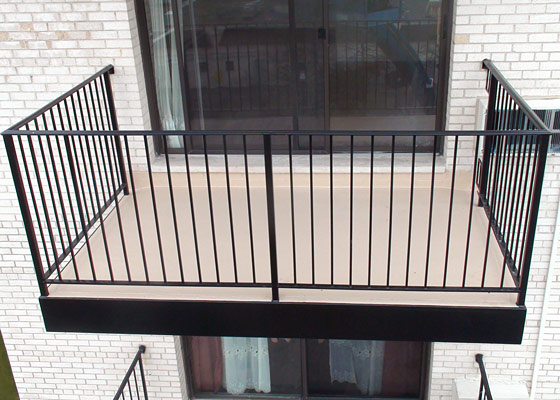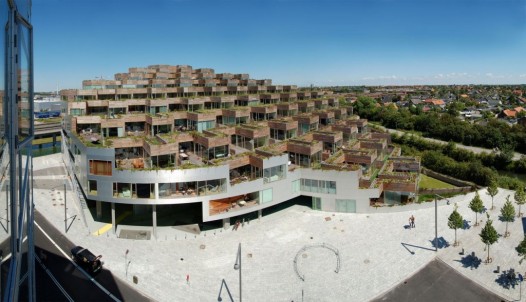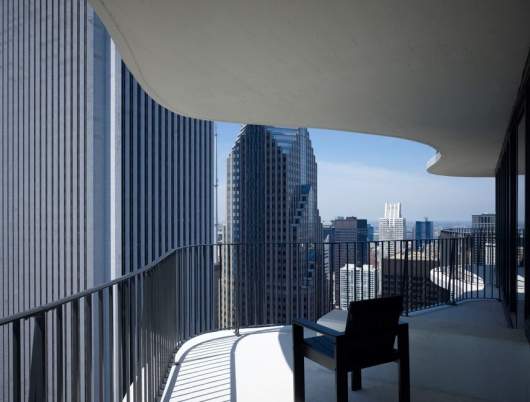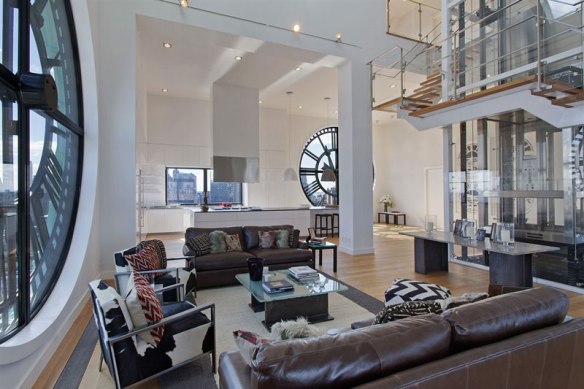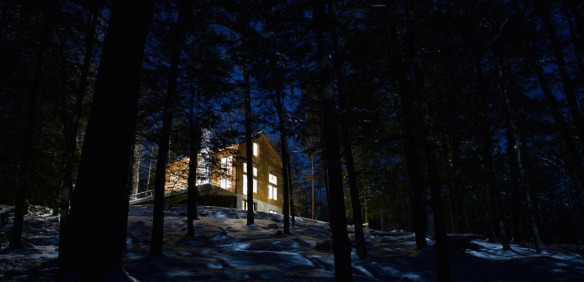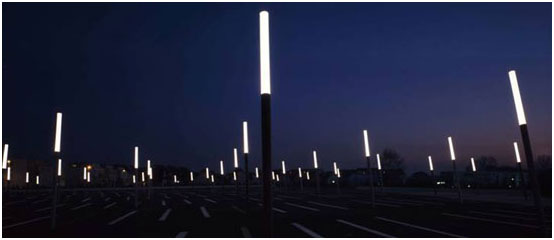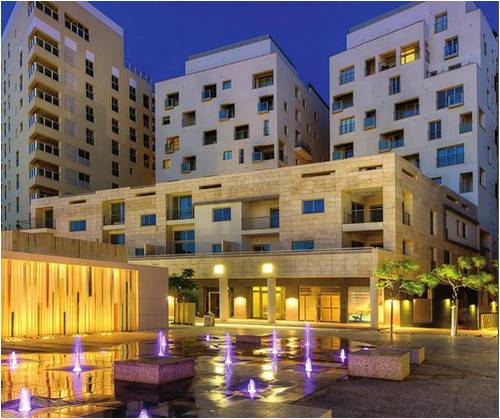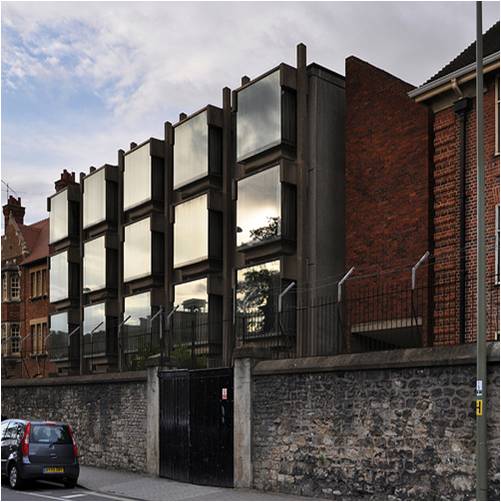 Joe Stampone, founder of AStudentoftheRealEstateGame.com, is one of commercial real estate’s top sources for emerging trends in the industry. I’ve been a huge fan of Joe’s writing ever since a real estate developer recommended his site several years ago. Similar to Joe, I was still in school then and nearing graduation (and facing a challenging real estate market).
Joe Stampone, founder of AStudentoftheRealEstateGame.com, is one of commercial real estate’s top sources for emerging trends in the industry. I’ve been a huge fan of Joe’s writing ever since a real estate developer recommended his site several years ago. Similar to Joe, I was still in school then and nearing graduation (and facing a challenging real estate market).
It became pretty obvious right away that Joe cared deeply about learning the craft of real estate. Because of this deep curiosity and passion, A Student of the Real Estate Game has become the go-to resource for what’s current and on the horizon in commercial real estate.
I love seeing how A Student of the Real Estate Game has grown and evolved. However, Joe’s emphasis on “student” still rings true. Since Joe writes about, researches, and interviews some of the top leaders, emerging entrepreneurs, and strategic minds in commercial real estate, I’ve been eager to hear about what he’s learned as a student of the real estate game and what’s currently on his mind.
So without further ado, here is an exclusive interview with Joe Stampone!
Real estate degree programs are as popular as ever and many recent grads are fresh to the workforce this summer. You launched your website while in grad school. Looking back and learning what you’ve learned since then, what would you tell yourself when you launched your site?
My advice to recent grads is not to worry if your first job isn’t the sexiest, most sought after role. We can’t all be rainmakers at real estate private equity funds. In real estate, there is no linear career path. Use your network and find a job. Don’t be picky; you can learn a lot in many varying settings.
When you inevitably do land a job, you should move vertically, horizontally and jump around within your own company, while being open to outside opportunities, if you want to be successful.
The best advice I received is that in real estate all you have is your reputation, so don’t ruin it. Peter Linneman once wrote “in order to build a great reputation, always do the very best you can to fulfill what you said you would do, help others simply because you can rather than because you believe it would indirectly benefit you, and do this for the next thirty years, and you will have a great reputation and network.”
Easy, right?
Your site is, in my opinion (and many others), the place to gauge what’s current and upcoming in commercial real estate. What are you most excited about right now and why?
What I love about real estate right now is all the start-up tech companies with great founders. A few of my favorites are office search engines 42Floors and thesquarefoot, data firm Compstak, financial analysis tool Valuate, and 3-D modeling company Floored.
However, what I’m by for the most excited about is crowdfunding for real estate. Two of the leading sites are Fundrise and Realty Mogul.
What makes this interesting is what’s happening with the Jumpstart of Business Startups (JOBS) Act. The JOBS Act allows companies to solicit publicly for funds from individuals in return for equity or debt. Last week, the SEC went a step further by lifting the ban on general solicitation as they were asked to do in Title II of the JOBS Act. However, this only applies to accredited investors. The rules governing the part of the JOBS Act that deals with non-accredited investors have yet to be written. Once they are, things will become really interesting.
This is going to have a big impact on the real estate industry. First, it’s moving the investment platform online. Instead of mailing thick binders full of legal documents and tracking down paper checks from investors, the investor could make the full transaction online—everything from reviewing the deal, to signing legal documents, to sending an electronic check. This allows real estate companies to reach hundreds of investors in the time it used to take to reach one.
Crowdfunding also allows real estate companies to tell their story on a new platform – the story of the business and the story of the deals they do is really important. Real estate companies will need to figure out how to become brands beyond the real estate business. I wrote about this in a recent blog post.
Real estate is a clear passion that has to be more than just your day job. What are you reading on Saturday mornings?
Throughout the week I’m constantly reading short digestible news articles; that’s how Globe Street, NREI Online, the RE Alert, and the Real Deal are designed. On Saturday’s, where I have a few uninterrupted hours, I like to read articles with a bit more depth and substance.
Right now, I’m reading an article from the March edition of the Institutional Real Estate Letter on the 7 Megatrends that are changing the direction of institutional real estate.
While I think the short blog-style articles are great, if often requires a deeper dive to truly understand macro trends that are impacting the real estate business.
As a student of the real estate game, what aspects of the game are you digging into now, in the future?
As mentioned above, I think crowdfunding is going to change the status quo. I’m personally preparing by building up the ‘A Student of the Real Estate Game’ (ASotREG) brand and thinking about doing a few interesting small-scale projects in the near future. I want ‘ASotREG’ to be known beyond real estate.
A few other macro trends I find interesting that are greatly impacting the real estate business include the increased focus on intelligent and sustainable buildings, the impact of global urbanization, the rise of e-commerce, and the shrinking (changing) demand for office space.
Very intriguing with expanding and further building the ‘ASotREG’ brand. I’ve loved following your site over the last few years. Can you elaborate on what you’ve learned with building your brand to this point and how you’d like to grow it in the future?
The ASotREG brand is a story, although it’s a story about me, not the brand. Every brand has a story which includes expectations and history and emotions.
I want people to love the memory of how ASotREG made them feel once. It’s hard to explain, but I want these posts to inspire and get people to think about the future of the real estate business.
More than ever, we express ourselves with what we buy. People also express themselves based on what they read and what companies they invest in. I want people to feel __________ that they read ASotREG and eventually invest in my deals.
You’ve researched, wrote about, and interviewed some of the top entrepreneurs in the real estate industry. What characteristics, mentalities, and/or qualities stand out from these interactions?
I think there are a few traits that successful investors in general share:
- They have a sense of urgency, passion, and commitment to their vision that most people don’t have.
- They pay a lot of attention to risk, understanding not just how much they can make, but how much they can lose.
- They go for batting average, not home runs
- They’re honest and have integrity
I’ve actually created an ‘isms’ page on my blog which contain my favorite real estate/business quotes – I call them ASotREGisms.
Finally, (and candidly), how do you find the time to keep up with so much going on in commercial real estate?!
I was watching a Seth Godin interview and he was asked how he manages to get so much done and Seth responded that he doesn’t watch TV and he doesn’t take meetings.
Well, I take lots of meetings and watch my fair share of TV. Blogging can be time intensive, but the writing comes pretty easily because I write about topics that interest me. It may be a deal I’m currently working on or a something hot in the news. The time-intensive aspects include the technical component of the site, promoting posts, responding to comments/emails, and fixing any bugs.
I find the key to being productive is to do one thing at a time. I try to write for an hour or so during times where I know I’ll be uninterrupted. Early Saturday or Sunday morning or late in the evenings are great because there are no emails coming in and my phone’s not buzzing.
It’s gotten to the point where my days are spent in meetings and answering emails and the evenings and early mornings are when the real work gets done. I use that time to be creative and make something meaningful.
——-
Joe, it has been an absolute pleasure to work with you on this interview. Thanks so much for jumping on the hot-seat for us!
Want more? Follow Joe on Twitter, Facebook, and at A Student of the Real Estate Game.























